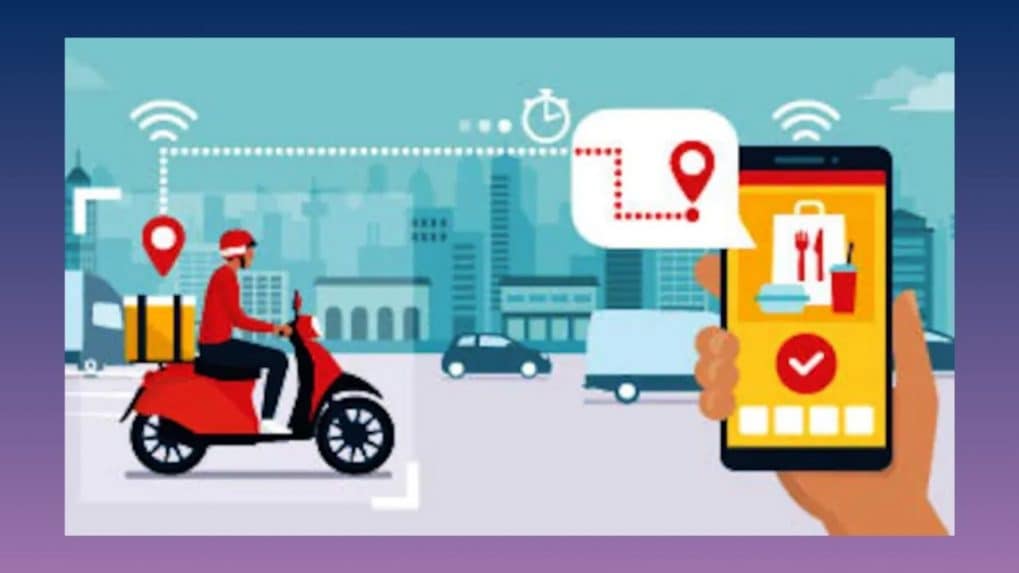Quick-commerce players' ad revenue stream grows; a key investment focus for advertisers
For many advertisers, up to 50% or more of performance spends is now directed toward quick-commerce platforms. In fact, experts say advertising biz contributes up to 20% of total revenue for leading players like Zepto and Blinkit.
ADVERTISEMENT
As players like Zepto and Blinkit receive fresh funding but continue to combat profitability and other challenges, they seem to have activated various forms of revenue streams. One of which is the advertising business on the platforms.
Given the competitive landscape and the ongoing quest for profitability, quick-commerce players are likely to aggressively pursue advertising as a revenue stream, experts told Storyboard18.
Read more: Q-comm brands like Blinkit, Zepto are quickly losing consumer trust
Zepto, country leading consumer internet company, recently raised $665 million at a $3.6 billion valuation in a highly oversubscribed round – just nine months after the company raised $235 million at a $1.4 billion valuation; Zomato has so far infused Rs 2,300 crore in Blinkit since it acquired the firm in August 2022. Fresh fundings like these provide the necessary capital to invest in enhancing their advertising capabilities, improving targeting algorithms, and offering more attractive packages to advertisers. This stream can provide a much-needed boost to their bottom line, aiding in the journey toward sustainable profitability.
E-commerce, and within that, quick-commerce, provides high purchase intent audiences, with the ability to target consumers at their time of purchase. This has made quick-commerce a key investment focus for advertisers, with up to 50% or more of performance spends being directed here for some advertisers, shared Sanchayeeta Verma, CEO, Carat India.
"Quick-commerce platforms have been using product listings and displays as the two key avenues for generating ad revenue. The spend patterns between these two areas are evolving rapidly, with display becoming important to catch consumers across the purchase funnel and search playing a bottom-of-the-funnel role," she said.
Shashank Rathore, VP, E-Commerce, Interactive Avenues (digital arm of IPG Mediabrands India), added that these platforms have significantly enhanced their advertising capabilities through continuous technological advancements and improved service levels for brands. They have dedicated teams offering a wide range of ad solutions, and their biddable platforms are regularly updated to provide more sophisticated targeting options. Also, they are highly flexible in offering innovative solutions to help brands create an impact on their apps.
However, the overall contribution remains limited due to the restricted reach of platforms like Blinkit (27 cities) and Zepto (10 cities). While quick commerce platforms are not typically considered discovery platforms, they excel in bottom-funnel campaigns, surpassing mass e-tailers in relevant categories, he added.
Quick-commerce has taken a flying start this year and there is a strong potential to grow its ad revenue by over 50-60% this year, highlighted Maanesh Vasudeo, CEO – Media, LS Digital.
Read more: Amid quality & customer service concerns, Zepto raises $665 mn at a $3.6B valuation
Quick-commerce players can earn a substantial portion of their revenue from the advertising business starting this year. While exact figures can vary, he added, some industry estimates suggest that advertising can contribute up to 10-20% of total revenue for leading players like Zepto and Blinkit. This revenue stream is crucial as it complements their primary business model and helps offset the high operational costs associated with rapid delivery services.
Reaping results
For advertisers, these platforms offer high engagement rates due to frequent and repeat usage by consumers. “Quick-commerce platforms have proven to be highly effective in driving ROI for us. When we started investing in these platforms, our ROI was 2x on our ad spend; now, with the time and increased brand visibility, our ROI is 5X. Over the years we have been able to clock ROI of 5X and targeting to take it 10X within 2 years,” shared Akash Agrawal, Co-founder- Zoff Foods.
To maximise visibility, the premium spice brand does proper analyses to draw a fair understanding of traffic generated by the app. At the same time, calculating the impressions gives an idea of the spending that should be made.
“We have allocated a significant portion of our annual advertising budget to quick-commerce platforms. Likewise, to scale our profit, we allocate 40-45% of our investment in quick commerce advertisement,” shared Akash Agrawal.
Considering that a whopping 20-30 million people rely on quick commerce in India, it boasts a promising number of user base to capitalise on. This sets the stage for receiving a good ROI on the ad investments made by the brands.
"Looking at the market dynamics, riding the benefits of advertising, the brands are able to experience a 2x return on their ad spend", shared Shradha Agarwal, Co-founder and CEO of Grapes.
Vasudeo added that better measurement metrics such as conversion rates, click-through rates, and customer retention rates help in gauging the effectiveness of campaigns. Additionally, the precise targeting capabilities and access to rich consumer data allow for highly personalised advertising.
Areas of improvement
Over-reliance on advertising revenue can pose risks for these platforms such as ad saturation leading to advertiser fatigue.
“If too many ads are displayed, it can lead to a poor user experience, potentially driving customers away. To mitigate this, quick-commerce platforms need to ensure a balanced approach, integrating ads seamlessly into the user journey and creating different advertising sub-products, which large global players have been able to do,” suggested Vasudeo.
Another area they need to invest in is better ad-serving platforms, which help manage campaigns more seamlessly. Currently, agencies and clients are underserved in this regard, especially in display, added Verma of Carat India.
While the first movers in quick-commerce were FMCG advertisers, she added, other categories are also coming on board in line with the expansion to a wider set of categories on quick-commerce platforms and the increasing share of sales on these platforms.

